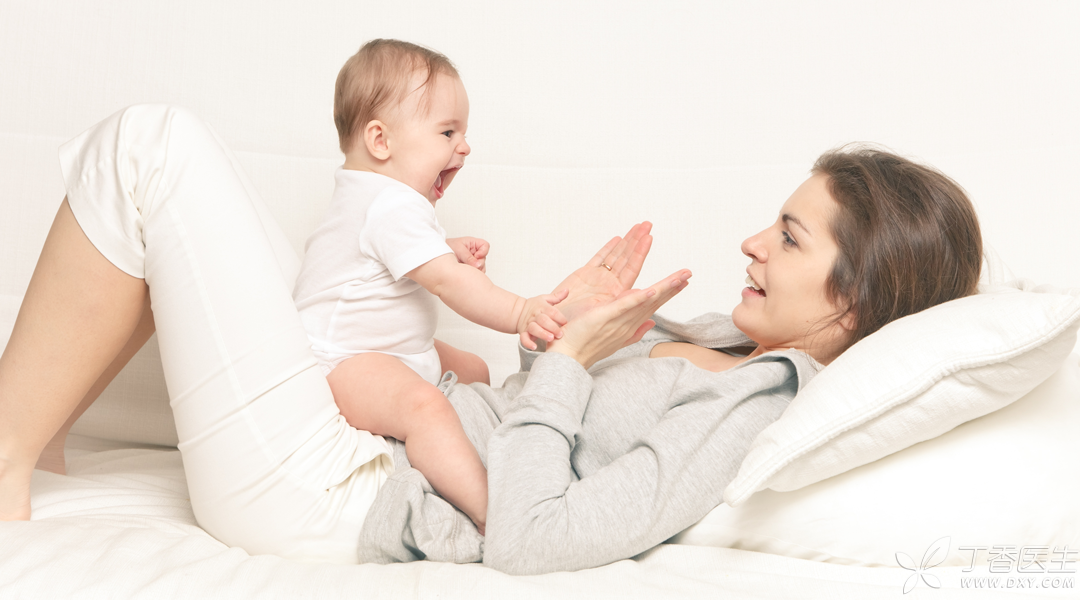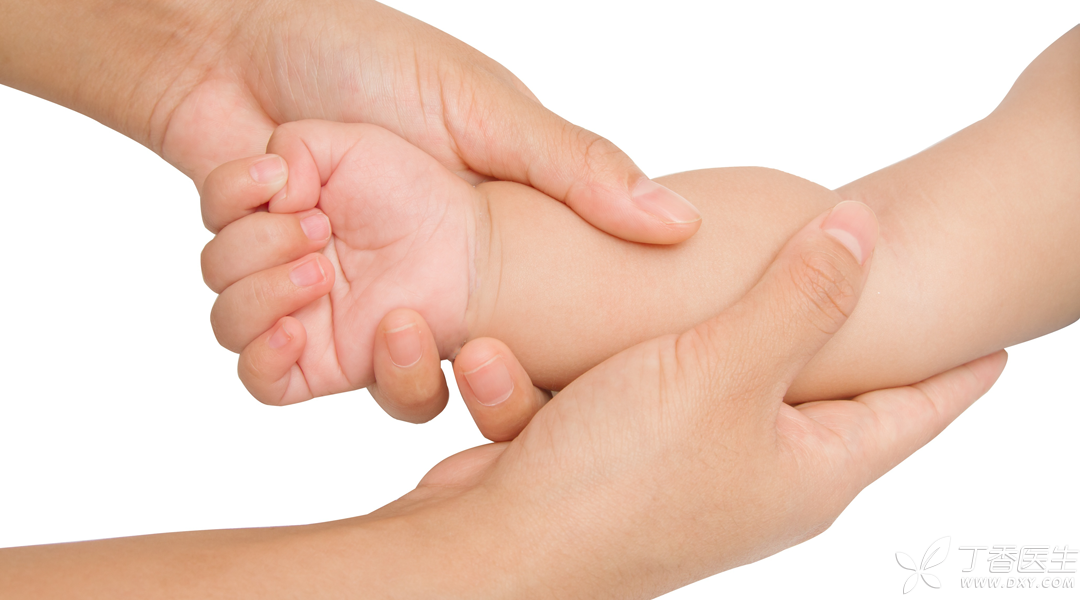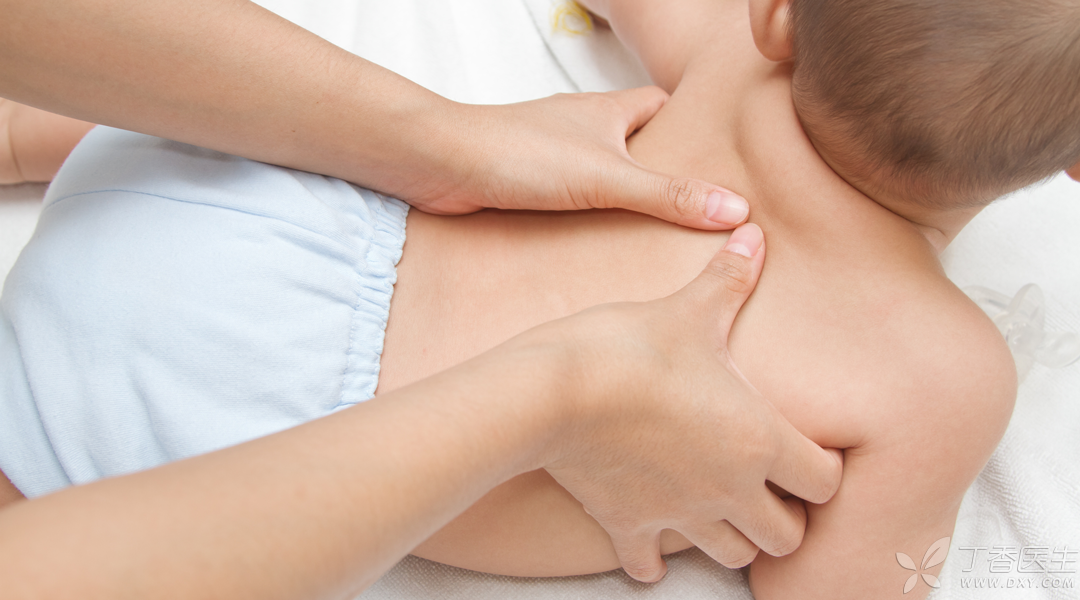
Many mothers have heard that baby massage has many benefits to the baby, such as increasing appetite and promoting digestion, while others say it can promote the development of the baby’s sensory nerves and make the baby smarter.
But is what a baby massage? What are the benefits of massaging your baby?
Is what [Baby Massage]?

The term “baby massage” here actually refers to “baby touching”. It refers to the regular touching of parent-child skin by parents or health care personnel within the age of 12 months. Research on baby touching has been going on since 1940.
Aargar found in clinical practice in 1940 that infants who were often touched by their mothers within a few weeks after birth developed better respiratory and circulatory functions, and shallow and incomplete breathing became more stable.
China also introduced infant touch in 1998, which was recognized and supported by the Chinese Pediatric Medical Association, Perinatal Medical Association and Nursing Association. At present, it has also been popularized in maternal and child health care institutions at all levels.
Touching is good for babies in what,

1. Improve the communication between mother and child and promote the development of nervous system.
The mother’s hand touching the baby’s skin can stimulate the perception of the baby’s skin sensory nerves.
Moreover, emotional communication is also the initial benign stimulation of brain growth. The mother’s soft language, friendly eye communication and pleasant mood during touching all play a positive role in promoting the development of the baby’s nervous system.
2. Deepen the baby’s sleep depth and prolong the sleep time.
The study found that compared with babies who did not touch, babies who touched regularly slept an average of 1-1.5 hours a day.
3. Improve the baby’s digestive system function and stimulate appetite.
Touching can enhance the excitability of neonatal vagus nerve, increase the secretion of gastrin and insulin, and promote food digestion and absorption.
Touching the stimulation to the abdomen accelerates intestinal movement and promotes the early discharge of stool. When the baby digests well, his appetite will naturally come up.
4. Promoting the recovery of premature infants
Previous studies have shown that premature infants receiving touch can be discharged 6 days earlier on average.
5. Relieve the baby’s uneasiness and anxiety and reduce crying.
How to touch the baby?

1. Preparation before touching:
- Touching environment: The room should be warm and comfortable. The indoor temperature is 25-28 DEG C, 50%-60% humidity, The light is soft, Play some soft music. Touch people’s request, don’t wear rings, don’t leave long nails, wash your hands before touching. Baby’s whole body is naked, can wear diapers. Touch time: from 2 days after the birth of the newborn to touch. It is best to arrange it after bathing, before taking a nap or going to bed at night, not when the baby is hungry or agitated. 2-3 times a day, each time 15 minutes.
2. Touch technique, duration and sequence
-
Standard touch method:
In order to reduce friction and stimulation, you need to warm your hands before touching, pour some baby emollient oil or touch oil on the palm, apply your hands evenly, and gently slide on the baby’s skin.
Pay attention to the palm not to leave the baby’s skin, the strength is appropriate, the movement should be light at the beginning of touching, and then gradually increase the pressure, each movement 3 ~ 5 times.
-
Specific methods:
Head and face:
-
Push your thumbs from the center of your forehead to both sides.
-
Slide your thumbs outward and upward from the center of your lower jaw with your thumbs.
-
The palms of the two hands are caressed from the forehead hairline to the back of the pillow, and the fingers of the two hands are respectively stopped at the mastoid part behind the ear.

Abdomen:
Both hands touch the baby’s right lower abdomen clockwise from the upper abdomen to the left lower abdomen in turn, avoiding the umbilicus.

Limbs:
Grasp one arm of the baby with both hands, gently squeeze it alternately from the upper arm to the wrist, and rub the large muscle group.
The leg technique is the same as the arm, sliding from the thigh to the ankle, and rubbing the large muscle group, with the tiger’s mouth facing the baby’s foot.

Back:
Make the baby in prone position, with the palms sliding from the center to both sides of the spine respectively.

-
Sequence of touching:
Head, face, chest, abdomen, limbs, hands and feet, back
There are matters needing attention in what when touching the baby.

1. Do not touch the baby when he is tired and agitated;
2. When the baby has teeth, massaging the face and kissing the small face can help the baby’s facial muscles relax.
3. Make eye contact with the baby when touching, and use friendly language to keep the baby in a pleasant state all the time.
4. Don’t force the baby to be in a fixed posture;
5. Stop touching if the baby has the following conditions: vomiting, crying, skin color changes, increased muscle tension or tight whole body, etc.
6. Don’t get touch oil into your baby’s eyes.
Have you got all these touching skills? Hurriedly find a comfortable time and place so that the baby can enjoy your gentle touch.
